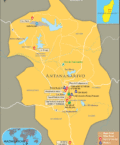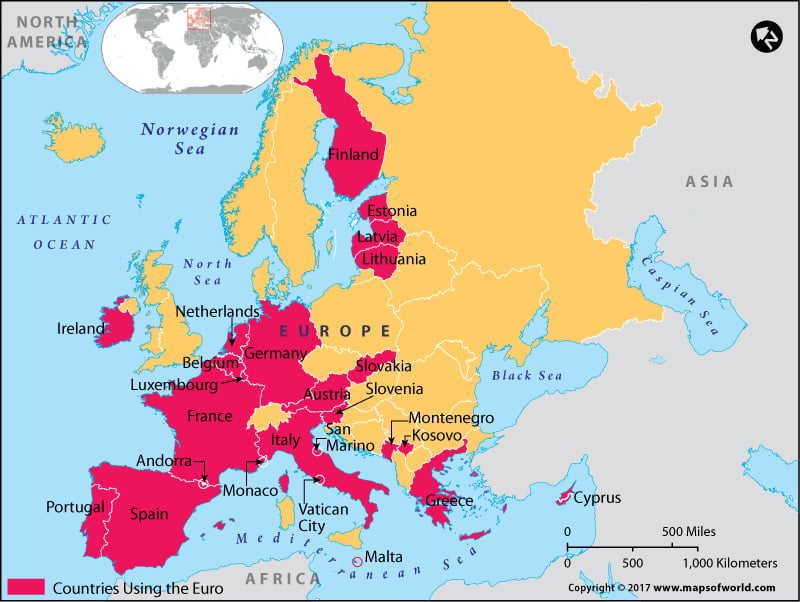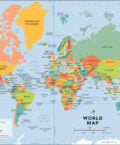| Full name | Commonwealth of the Northern Mariana Islands |
| Capital City | Garapan (Saipan) |
| Language | English (official), Chamorro, Japanese, Korean |
| Currency | US dollar (US$) |
| Religion | Roman Catholic, other beliefs |
| National Anthem | Gi Talo Gi Halom Tase |
| Newspaper | Saipan Tribune, Marianas Variety |
| Places to Visit | Saipan, Tinian, Managaha Island, Obyan Beach, The Grotto and others. |
| Transport | Asia is the best probable air route while travelling to Northern Marianas. Opt for direct flights that traverse through the region of Saipan and Tokyo, Osaka, Korea and the Philippines. People traveling to North America, has its connection made through Guam. One may even use the inter-island boats that ply occasionsly within Marianas, or opt for a private yacht, while connecting to different places. |
| Shopping | coconut masks, coconut-crab decorations, wishing dolls and woodcarving. |
Introduction Take a tour to the paradise land of the Northern Mariana Islands, where one would discover ecstasy in superlative beaches, unparalleled turquoise waters and sparkling nightlife. Northern Mariana Islands are constituted with three chief islands namely Saipan, Tinian and Rota where you may choose to break free.
Take an adventurous jeep tour to the open wide jungle or skydive within the flourishing islands from a greater height. From sea walking to indulging a submarine tour, one can catch up with innumerable adventures that anyone would love to explore with.
Location Of Northern Mariana Islands
Northern Mariana Islands is strategically placed along the western front of the Pacific Ocean. The province is just a few miles from the region of Hawaii while traveling to Philippines.
PHYSICAL MAP OF
NORTHERN MARIANA
ISLANDS
The Mariana Islands was constituted when the Northern Mariana Islands merged well with the southern region of Guam.
-
The southern part of the island is covered with limestone that comprises of level terraces and coral reefs.
-
The northern end of the island is volcanic in nature with the presence of active volcanoes along the area of Anatahan, Pagan and Agrihan.
Among the total land area about one-fifth of the land is cultivated while the rest one-tenth portion is completely filled with pasture.
Climate of Northern Mariana Islands
Observe a tropical kind of climatic condition, where the region is affected with northeast trade winds, while jaunting to Northern Mariana Islands . The region is affected with two major weather conditions that is:
-
The months of July to November is affected with heavy down pouring.
-
While, the months of December to June observes dry weather condition.
Flora And Fauna Of Northern Mariana Islands
The native floras of the region of Northern Mariana Islands are mangroves, bananas, fire tree, coconut, hibiscus, plumeria, Pacific banyan and ironwood.
The sole land mammals found in this island are bats. One can view Sambar deer along the land of Rota and Saipan. Lizards can also be sighted here with variety like the skinks and geckoes.
Birds are found in abundance in Marianas, which includes species like the rufous fantail, the Vanikoro swiftlet (an endangered species), the golden plumed honeyeater and the fairy tern.People Of Northern Mariana Islands
The inhabitants residing in the Northern Mariana Islands are known as Micronesians. About three-fifths of the total area is filled with Chamorros based origin people.
The Chamorros group of individuals was greatly influenced by the Spaniards, Mexicans, Filipinos, and other Europeans and Asians folks. Relatively about 14 percent is covered with Filipino residents. Rest 12 percent of the population is referred to as Carolinians who came down from central Carolines. The region witnessed the downfall of the native Pacific Islands culture where the American culture played an important dominance with the presence of the Spanish Roman Catholic. The official languages of the Islands are English, Chamorro and Carolinian. Chinese and Filipino are also widely used.Arts, Culture And Music Of Northern Mariana Islands
Art: Visit the Commonwealth Council for Arts & culture, which aims in economic enrichment by developing the folk heritage of the area, thereby promoting the artistic talents of the region. Several artworks of the local natives are fostered here thereby encouraging their creative outlook. Several art functions and festivals are also celebrated within the region, in association with the National Endowment for the Arts (NEA).
Culture: Several festivals are celebrated within the region, where one can choose to participate like the Flame Tree Arts Festival, Island Artists Exhibit, Tinian and Rota Arts Festivals, Cultural Heritage Month programs and exhibits, Kantan Isla Concerts, All Schools Art Exhibit and many others. The natives are known to maintain their own heritage, which they love to a greater extent. The natives believe in preserving their culture, they love their near and dear ones along with paying respect to elders, there are fond of their traditional delicacies, and are friendly and passionate in nature.
Music: The natives of Chamorro resort to folk music along with the musical rhythm leftover by the American, German, Spanish and Japanese settler. There are two types of native folk music that were solely dependent on chant method which were called as Carolinian and Chamorro.
The Spanish cha-cha-chá and Carolinian "stick dance" where drumming, thumping and foot trudging was involved, became quite popular within the area. Participate in the annual musical festival celebrated here quite commonly, which is known as Fiestan Luta.
Flag of Northern Mariana Islands The Flag of Northern Mariana Islands is designed with a b lue base, which carries along a white colored five-pointed star that is placed on the top of the gray colored latte stone silhouette. The latte stone stands as a foundation stone used within the building. A wreath further encircles this symbol of latte stone within the flag.Economy Of Northern Mariana Islands
The economy of Northern Mariana Islands relies mainly on the aid received from the federal government of the United States. The country earns its major share of revenue income from the tourism industry and from the segment of garment manufacturing. The Northern Mariana Islands is a free trade zone that carries its business link with U.S.
-
The major agricultural production of the area includes tapioca, cattle, coconuts, breadfruit, tomatoes, melons and other products.
-
The commodities that are imported are food, construction equipment and materials, petroleum products
-
The chief goods exported to different countries are garments
-
Industries thriving within the region are tourism, construction, garments and handicrafts.






